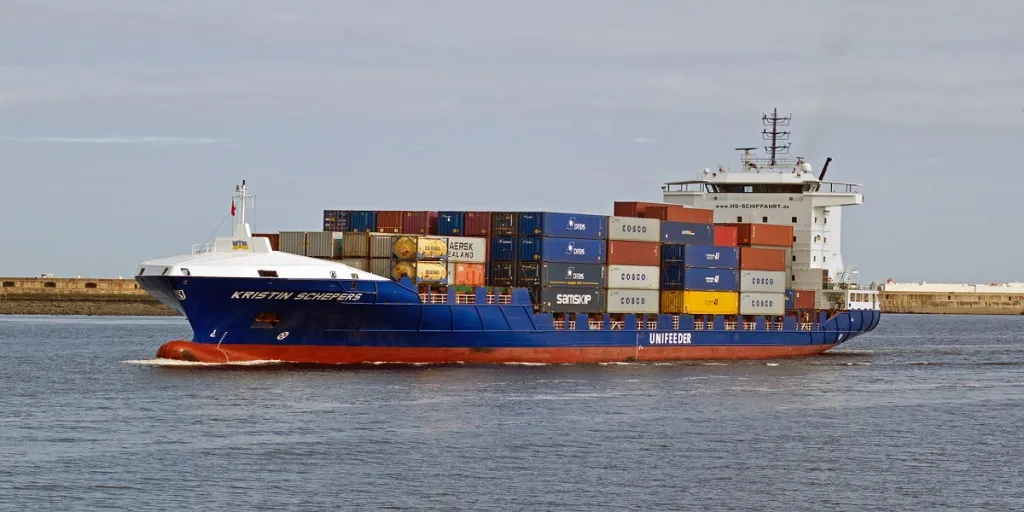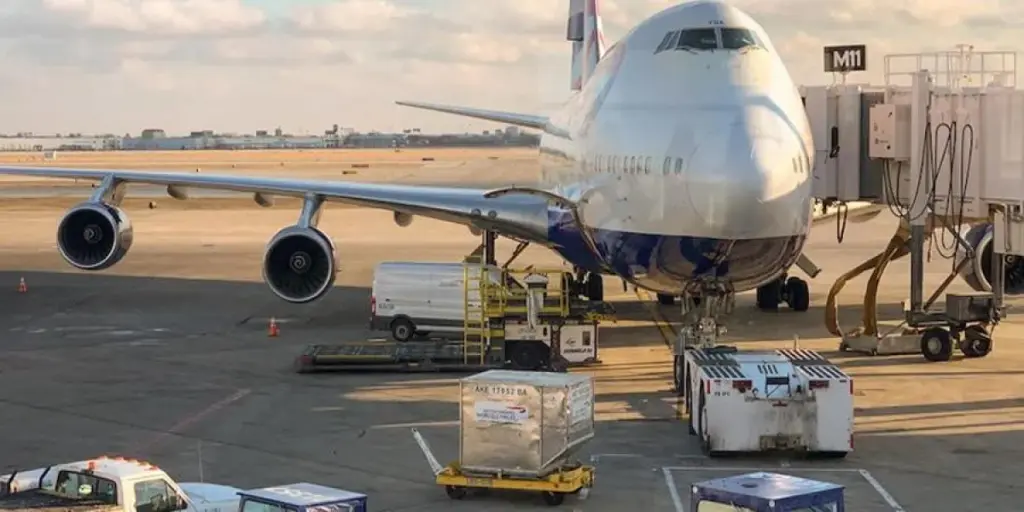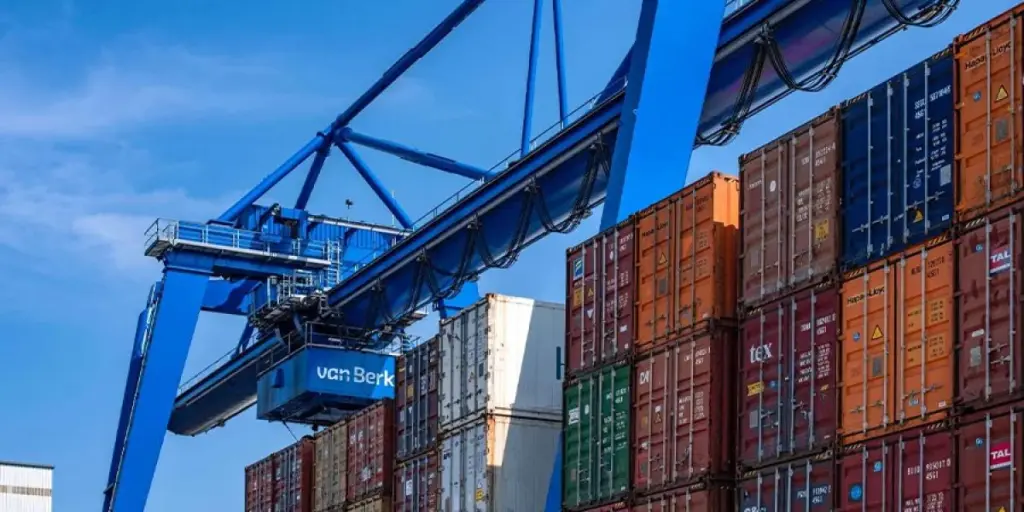Throughout the year, there are several prime periods for traveling and vacationing, such as summer holidays and festive seasons. A travel package where the travel agency arranges for almost all items, covering everything from flights and hotels to travel insurance up to the destination airport is often more than welcome. Upon arrival, however, the travelers normally have to arrange for their own local transportation and activities.
These arrangements are indeed very similar to the CIF Incoterms 2020 rule, where the seller arranges and pays for transport and insurance to the destination port, while the buyer handles everything beyond the loading point.
Continue reading to uncover more details about CIF Incoterms, including the major responsibilities and financial obligations of sellers and buyers of the CIF rule, its strategic applications, and the optimal situations to use CIF terms as a buyer.
Table of Contents
Understanding CIF Incoterms
Responsibilities and cost obligations
Strategic applications of CIF & using CIF as a buyer
Building trade confidence
Understanding CIF Incoterms

CIF, which stands for Cost, Insurance, and Freight, is an international rule under the International Commercial Terms (Incoterms) established by the International Chamber of Commerce. As its name implies, it subjects the seller to the responsibility for covering all the costs, including insurance and freight, until the goods reach the buyer’s destination port. However, the risk transfers from the seller to the buyer once the goods are loaded onto the vessel at the port of shipment, not up to the destination port since the seller’s obligations end at the point of loading.
Like two other Incoterms, namely CFR and FOB, CIF is only applicable for sea or inland waterway transportation of goods loaded on board vessels. It is therefore unsuitable for pre-loading handoff arrangements in other modes of transport.
Responsibilities and cost obligations

Seller’s responsibilities and cost obligations
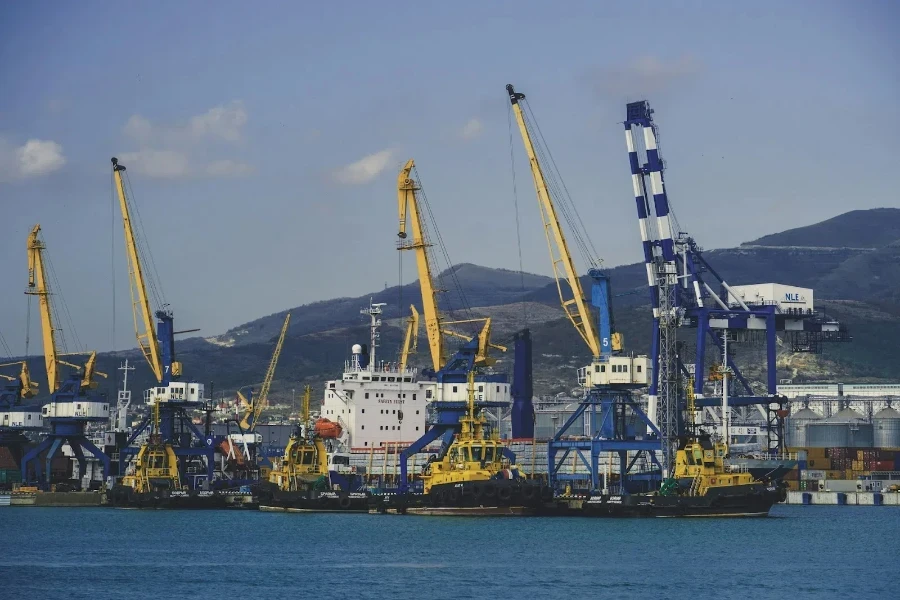
Under the CIF Incoterms rule, the seller bears the majority of responsibilities and costs. From the outset of the transaction, the seller is responsible for packaging, export clearance, and arranging the loading of goods onto a vessel. Although the seller is deemed to have fulfilled the delivery obligation once the goods are loaded onto the vessel, they must also secure a contract for the main carriage from that point up to the final port of destination, covering all subsequent freight costs. These freight costs cover the entire journey, starting from the initial loading onto the vessel to the final destination port.
In view of these comprehensive responsibilities, the seller is obligated to cover all associated costs, including packaging, export customs clearance, export taxes, duties, necessary licenses, security clearance fees, documentation for regulatory compliance, and any required inspection fees.
In addition to overseeing the entire shipping and export process as well as the associated costs, the most critical financial obligation of the seller under the CIF rule is procuring sufficient insurance coverage. In case the destination country requires that insurance be purchased locally, it may be more practical for both parties to proceed with the deal under CFR Incoterms rule rather than CIF, to avoid conflicts with the local insurance requirements.

In line with CIF requirements, the seller must provide insurance covering the goods from the moment they are loaded onto the vessel at the port of shipment until they reach the final destination port. This insurance requirement, however, typically only subjects the seller to minimum coverage, as outlined by the Institute Cargo Clauses (C) of the Lloyd’s Market Association (LMA) or International Underwriting Association of London (IUA) or equivalent provisions.
While the buyer may request additional insurance at their own expense, the standard CIF insurance provided by the seller must still cover at least 110% of the contract price, in the agreed currency, unless such additional coverage is already included under the cargo insurance outlined earlier.
Should the buyer require it, the seller must also furnish the buyer with all necessary information to procure any additional insurance coverage at the buyer’s own risk and expense. Furthermore, the insurance must allow the buyer or any insured party to claim directly from the insurer and the seller must provide the buyer with insurance certificates or policy details as proof of the required coverage.
Buyer’s responsibilities and cost obligations

In terms of risk transfer, the buyer assumes all risks once the goods are on board the vessel until they reach the final delivery point. However, from a cost perspective, the buyer’s financial obligations are focused on expenses incurred upon the arrival of the goods at and beyond the destination port. Since the seller only handles the freight and insurance fees up to the destination port, the buyer needs to be responsible for all other costs beyond that point.
The cost burden of buyers starting from the destination port onwards includes various port or terminal charges, such as unloading and handling fees, as well as all other subsequent transportation costs to deliver up to their final destination. Consequently, buyers must also take care of the entire import process, covering all the import formalities including the relevant import taxes and duties.
Strategic applications of CIF & using CIF as a buyer
Effective use of CIF in trade
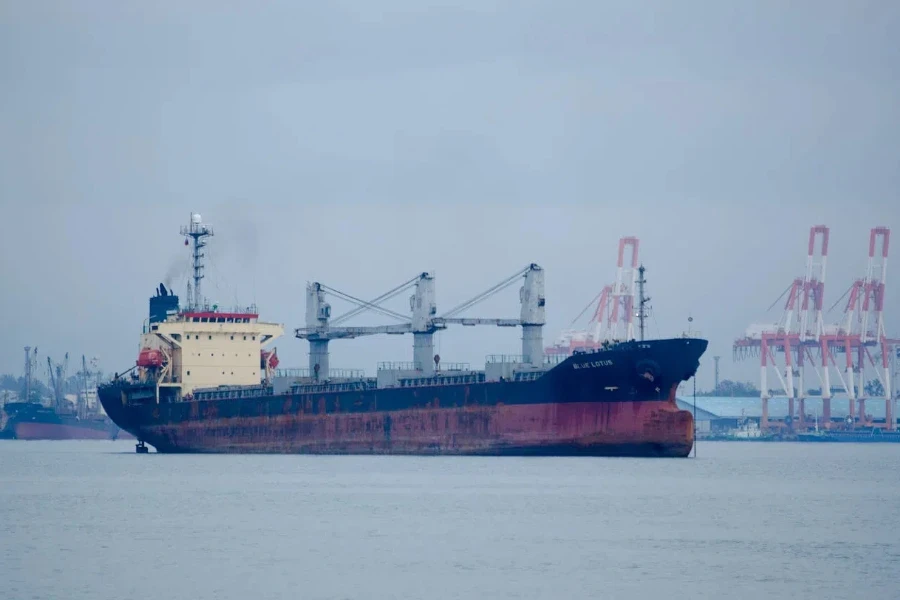
As highlighted in the ICC Incoterms 2020, to ensure the effective use of the CIF rule, the seller and buyer must first reach a clear agreement on two key ports: the port of loading– where the goods are placed on board the vessel, and the destination port– where the seller arranges transportation to ensure delivery. The loading port works as a risk transfer point where all the risks are transferred from seller to buyer from there onwards. Meanwhile, the destination port marks the beginning of the buyer’s responsibility for all the subsequent logistics and associated costs up to the final destination.
For instance, a seller may load goods onto a vessel at the port of Singapore for onward shipment to the destination port in Rotterdam. The seller shifts all the risks to the buyer in Singapore and is recognized as having already fulfilled their delivery obligation once the goods are loaded there. Nevertheless, the seller remains obligated to arrange the carriage of goods from Singapore to Rotterdam.
Aside from the two ports cited above, another crucial aspect to effectively utilize the CIF rule is to make sure that the CIF Incoterms rule is properly applied when non-containerized cargo such as bulk cargo and breakbulk cargo is involved. Compared to containerized goods, these types of cargo often require minimal packaging and can be easily loaded onto the vessel without having to pass through a container terminal, which contrasts with the CIF process that requires the seller to place the goods directly onto the vessel.
In the meantime, both parties must thoroughly review the insurance coverage to see if the buyer has specific risk management needs. In such cases, buyers should negotiate broader insurance coverage or consider requesting additional protection to ensure that their particular trade requirements are met.
Optimal situations for using CIF as a buyer

The CIF Incoterms rule stands out as one of the most convenient and less complex options for buyers. The fact that the sellers need to cover all shipping costs up to the destination port not only provides significant economic leverage for buyers but is also ideal for those with little to no logistical experience in the origin country, since sellers are in charge of all international freight arrangements including the export clearance process.
For buyers transporting non-containerized high-value or fragile goods such as machinery, luxury vehicles, and heavy equipment, CIF terms offer a reliable choice with the automatic inclusion of basic insurance. Nevertheless, it’s important for the buyer to take note that despite this built-in coverage, they must also consider obtaining additional insurance to ensure more comprehensive protection for their high-value goods.
Lastly, despite all the conveniences and simplified process the CIF rule offers, buyers should remain cautious of potentially hidden fees that may arise due to inflated charges, as sellers control most aspects of the entire logistics process and insurance arrangements.
Building trade confidence

The CIF Incoterms rule requires the seller to cover all the associated freight and insurance costs, including export taxes and duties for a shipment up to the buyer’s destination port, while the risk and delivery obligations are considered transferred and completed once the goods are loaded onto the vessel. The buyer assumes the risks and costs from the point where the goods are onboard the vessel and is also responsible for terminal handling charges and fees at the destination, the import clearance process, and all unloading and transportation tasks and fees up to the final destination.
To ensure the successful implementation of the CIF rule, both buyer and seller must clearly define the port of loading and the destination port. Similar to the FOB and CFR Incoterms rules, CIF is not suitable for containerized goods but is ideal for breakbulk and bulk cargo, which can be directly loaded onto the vessel. Inexperienced buyers or those with limited familiarity with the logistics of the origin country can build greater trade confidence with the default insurance feature of CIF. Moreover, buyers with high-value or fragile goods can rely on the basic insurance coverage of CIF terms to secure basic protection for their shipments.
Explore Alibaba.com Reads for more comprehensive logistics knowledge and advanced wholesale strategies. Visit Alibaba.com Read regularly for insights into market trends and innovative ideas to stay ahead of the competition.

